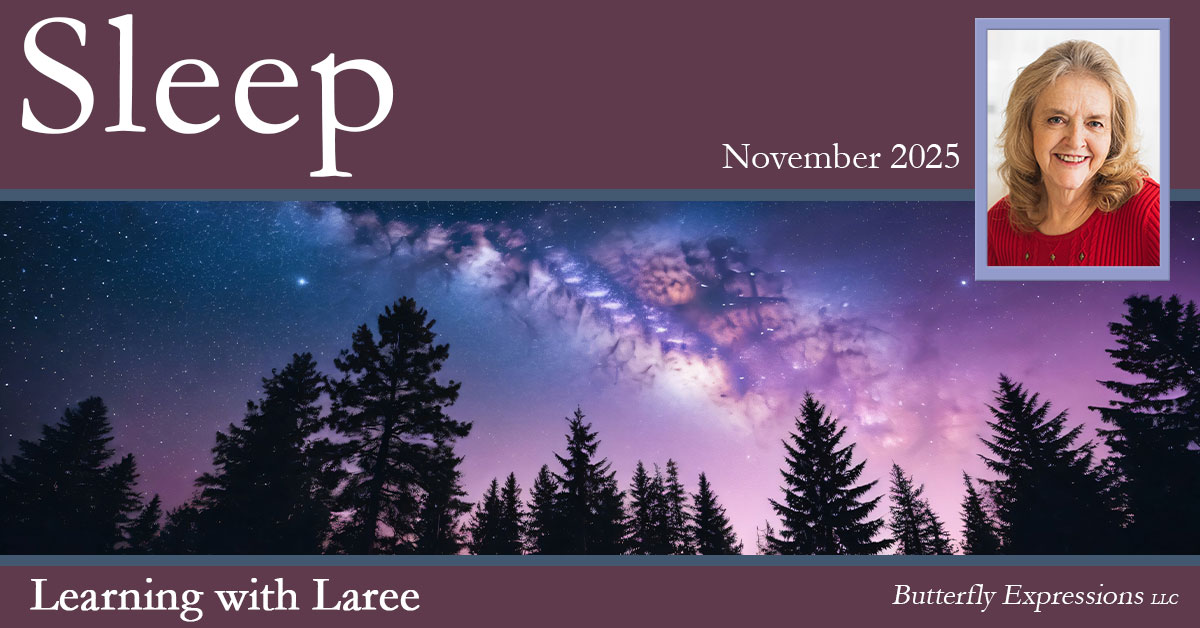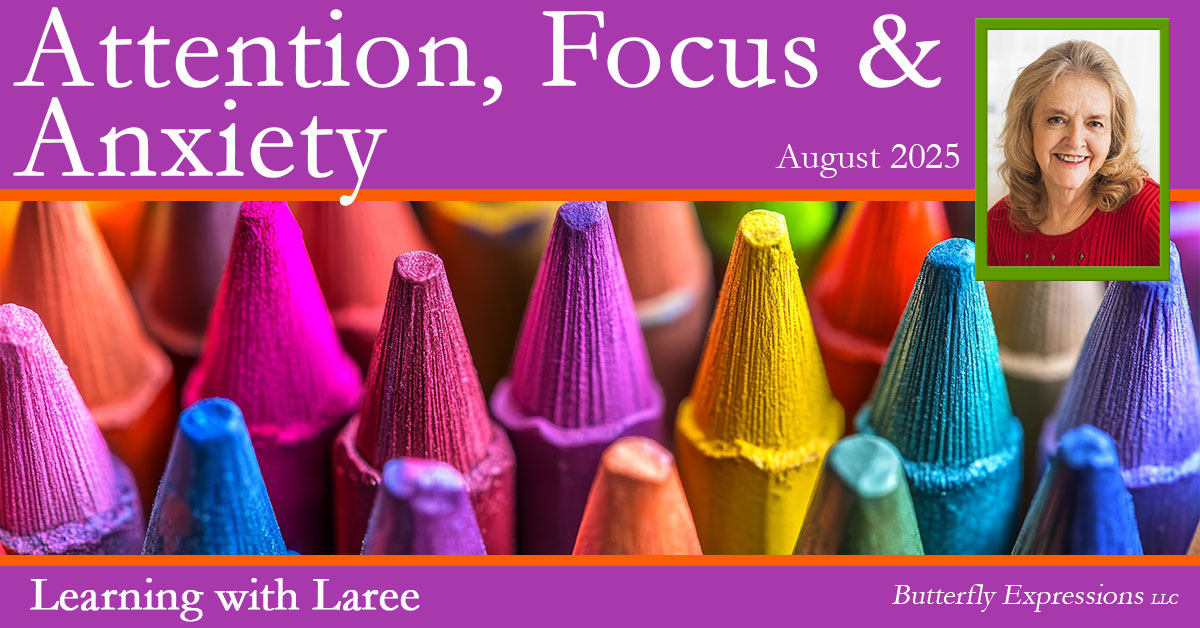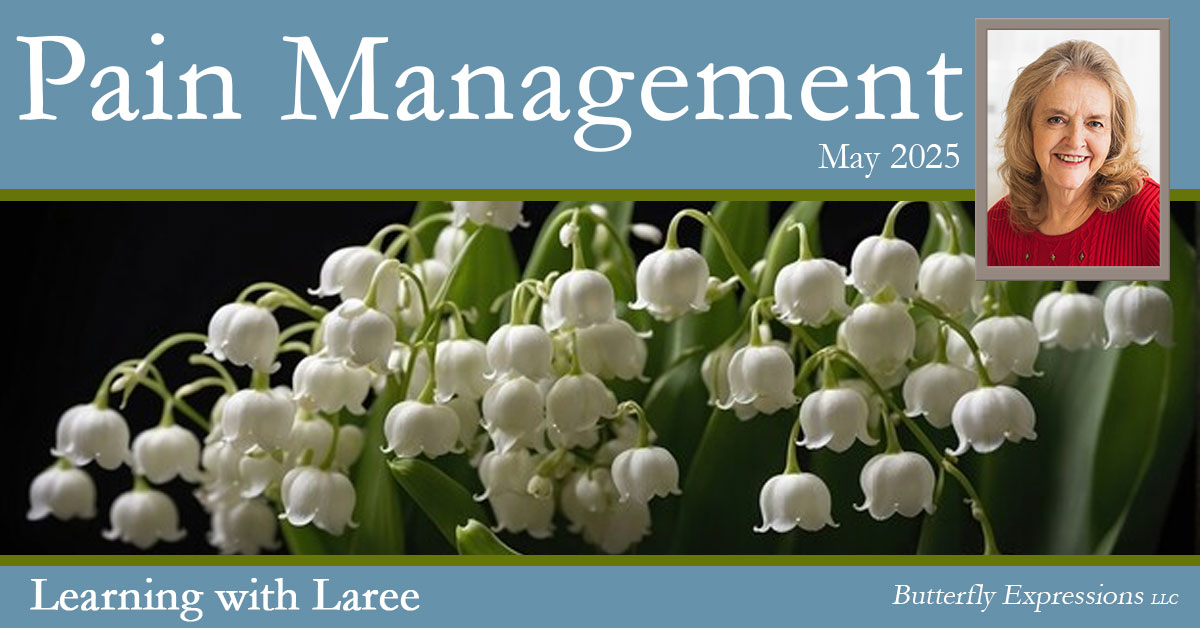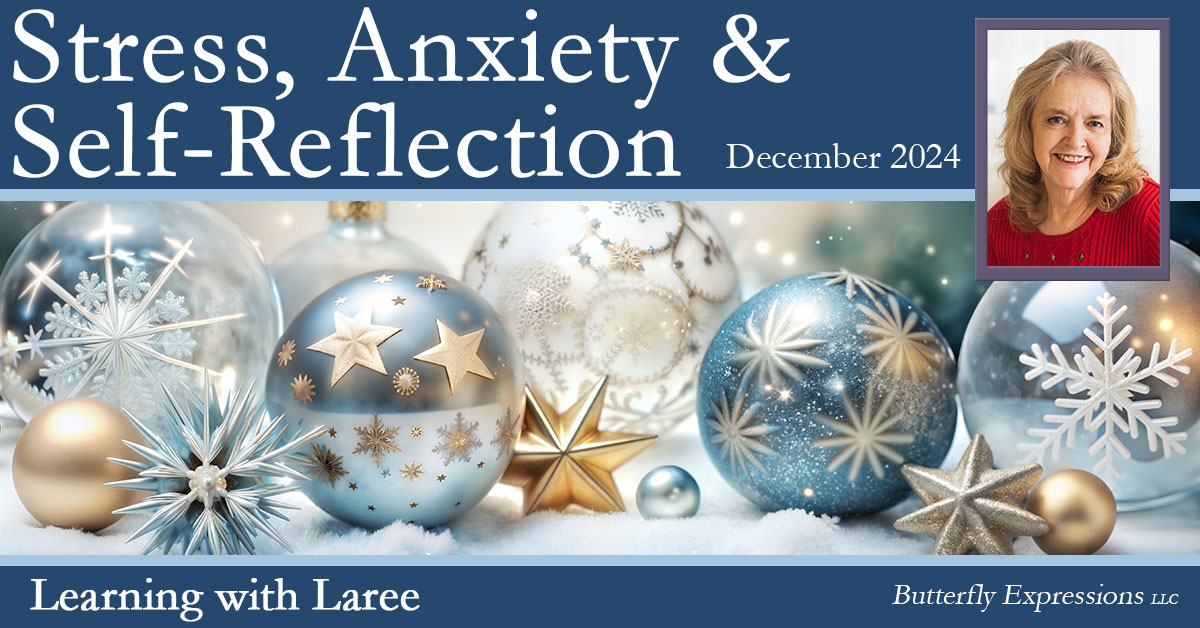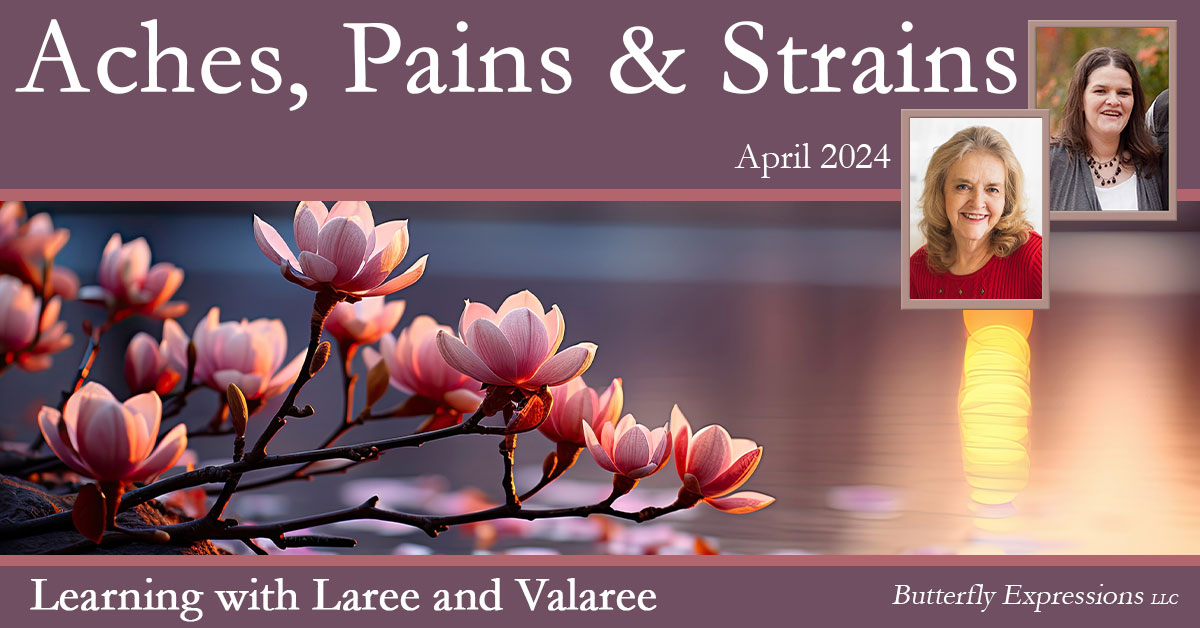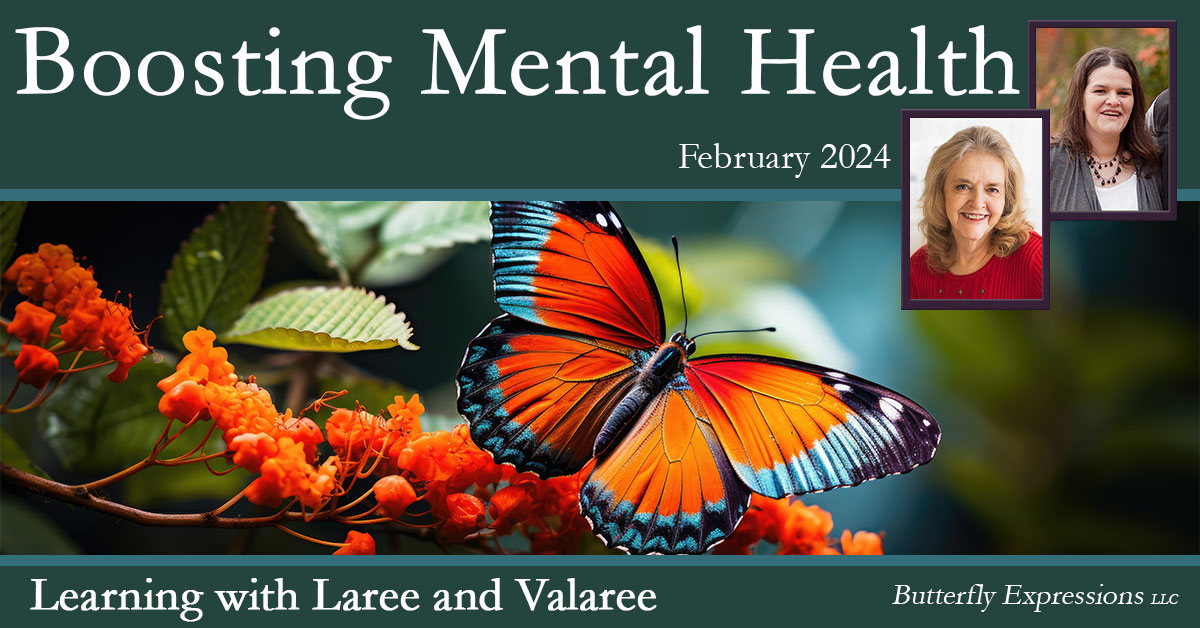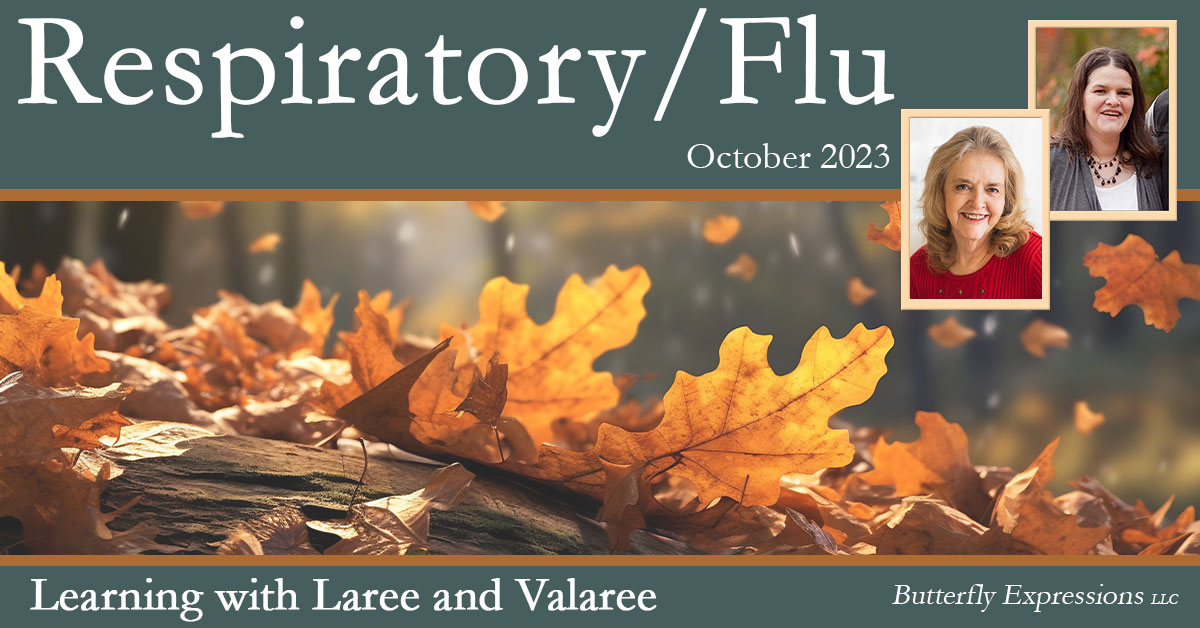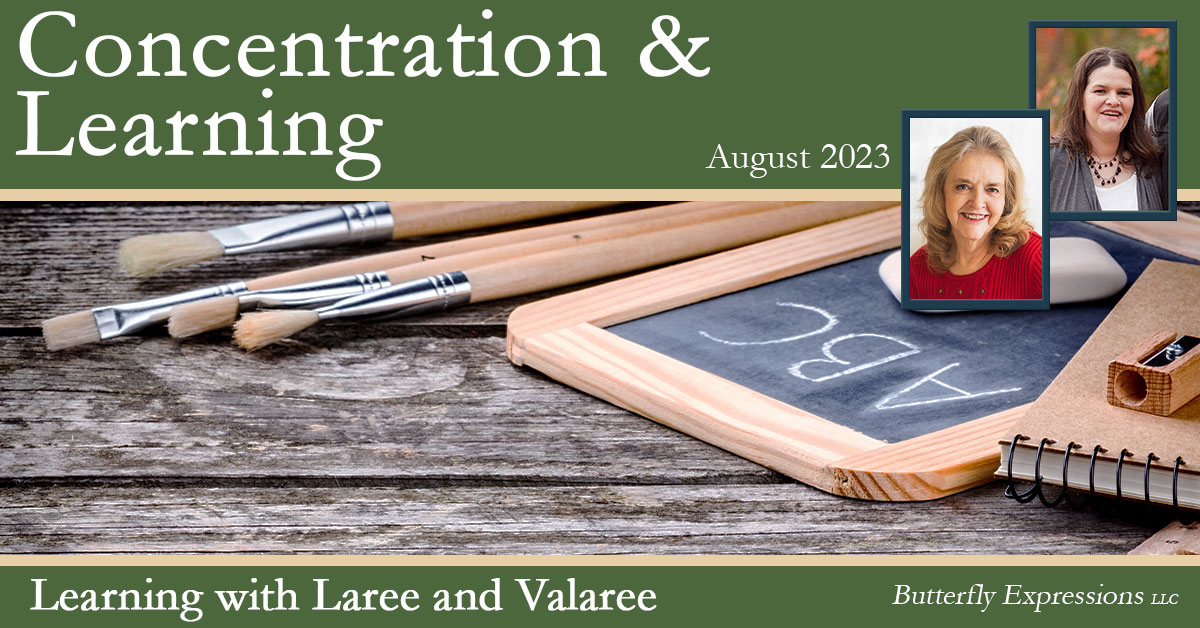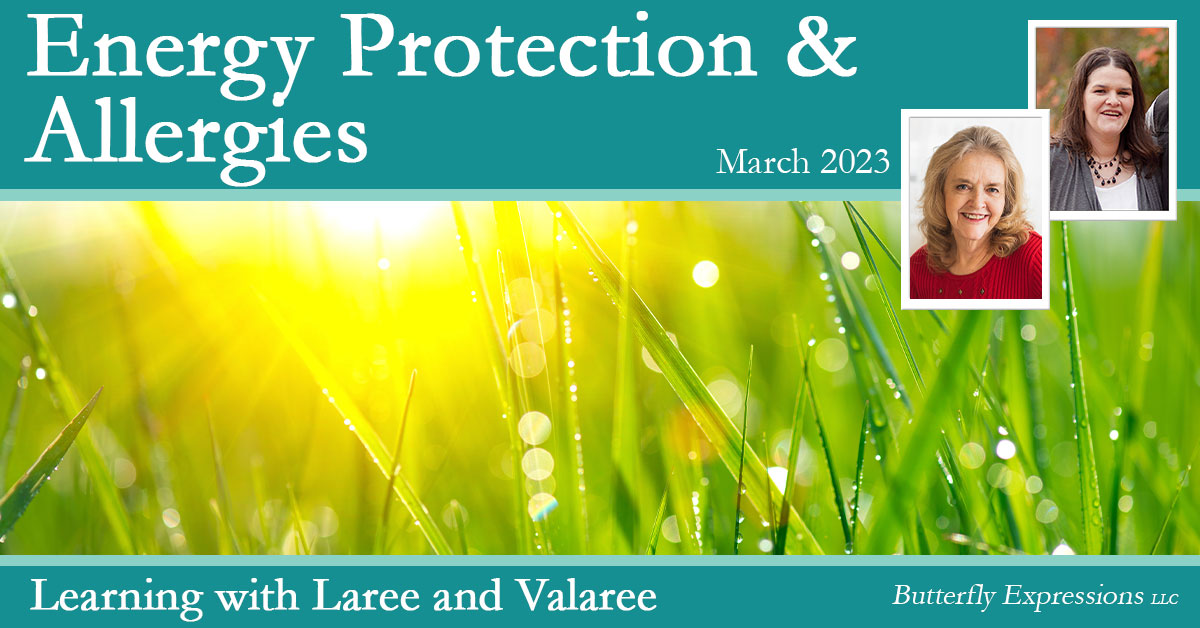this is a page for
Browsing Tag: Sedative
How do you define ‘mental wellness’? What does it mean—and what does a person who is mentally stable look and behave like? The name of this month’s second-essential-oil-blend special came to mind immediately! Resilience! YES! Such a person would be well-balanced and able to handle—and handle well—whatever life (and people and/or circumstances) may send their way! Such a person would be known for their kindness, their compassion, and for the genuine love they have for themselves and those around them. I am fortunate—and very blessed—to have many such people in my life.
Personal note: I recently had a birthday. It could have been hard due to grief and loss that will be forever associated in our family with that day and with Thanksgiving day and week. However, my phone kept ‘beeping’ with messages, and every time I opened my e-mail or social media, there were a dozen friends or so checking in and lifting my spirits, and offering me courage and peace. What a beautiful few days I have had!
This month’s specials targeting ‘mental wellness’ and the things I will try to teach you about these remedies that I consider nothing less than ‘gifts from Heaven’ are my way (and Butterfly’s way) of telling you how much we love and appreciate you all and your faith in us as you let us try to provide for you some of the things that have blessed the lives of my family (and so many others) for so long!
During sleep, our bodies should be working to support healthy brain function and maintain our physical health.
How is that working for you?
I hope very well! But, if not, I hope something in this article can help you! There are few things in life more frustrating—and more detrimental to our health—than lying awake, so very tired, but unable to sleep. Not getting enough good quality sleep is, however, more than just frustrating because sleep is a very essential function! Without sufficient rest/sleep, it is impossible for a person to be well either physically or emotionally! As you sleep, your body and mind get a chance to recharge. If that ‘recharging’ gets accomplished, you should wake up refreshed, energetic, and alert. If not . . .?
During childhood and into the teenage years, sleep also supports growth and development. Getting inadequate sleep over time increases the risk of chronic (long-term) health problems.
Studies show that when we don’t get quality sleep or enough sleep, our immune system gets disrupted and weakened. This, of course, makes it more likely that we will get sick when we have been exposed to any sort of illness. Our bodies need sleep to fight infections that are passed from one person to the next. Long-term lack of sleep also raises our risk of obesity, diabetes, depression, high blood pressure, stroke, and heart disease.
I could go on and on here, but let’s just get on to possible solutions!
The end of summer and the upcoming return to school for children, teens, and college students can be a stressful time for everyone involved, including parents. This seems to be true to some extent, no matter the age of the child or even how well the previous school year went. And then, the school day usually requires the student to focus and pay attention while sitting at a desk—something many children find quite difficult. Then there are the issues of getting homework done and back to school with the children, young or old!
The remedies focused on as specials and offered at discounted prices, were chosen with these issues in mind. However, as you will quickly see from the product descriptions, they address energy levels, the ability to focus and pay attention, and handling anxiety from any cause and in any type of situation.
As I have said often and with emphasis over many years, “All drugs have side effects!”
As an introduction to this section on Alternative Pain Management, I am including parts of an “FDA Drug Safety Communication” issued on July 9, 2015. If you wish to read the entire communication (with pages of additional information for patients and consumers and even more information for Health Care Professionals along with a comprehensive Data Summary) I am providing the link to the FDA announcement itself on the U.S Food & Drug Administration’s web page.
This statement certainly is true of the drugs used for pain management, as is illustrated by these statements taken from the FDA website itself. The use of herbs, essential oils, and Blessed Water or Homeopathic remedies is an effective and safe way to manage pain.
In December we will discuss Anxiety, Stress and Self-Reflection. I would like to begin today by recounting a story told by one of my favorite authors, Bruce H. Lipton, in his book The Biology of Belief. I will paraphrase as best I can, in the interest of keeping this segment brief—well, sort of.
Dr. Lipton uses the example of a track race to illustrate for his readers the effects of stress on the body. A well-trained and healthy group of sprinters steps up to the starting line. They hear the command, “On your mark,” and they drop to their hands and knees. Then the announcer barks, “Get set.” Their muscles tighten as they prop themselves up on their fingers and toes. In a normal race, the strain and tension they are experiencing lasts only a second or two before the command, “Go!” is heard.
But what if the “Go” command never came? These unfortunate athletes would be left at the starting blocks, their blood coursing with adrenaline, their bodies rapidly going into deep fatigue as they try to stay prepared for a race that never begins. No matter how healthy and toned their physical bodies are or how much they have prepared their minds for the race, every athlete would physically collapse from the strain.
Too many of us today live in a “Get set” world! Study after scientific study has shown that our hyper-vigilance is wreaking havoc on our physical health, mental stability, and emotional well-being.
So, what’s the solution? May I offer three quick pieces of advice, based on my own experience:
Count your blessings! A young son of mine, counseled during a family meeting to “count his blessings,” reported in church—over the microphone at the pulpit—the next week that he had counted his blessings and found 385 of them. (I’m not exactly sure of the number, but you get the gist.) There never was a happier, more contented, or more willing-to-serve child, nor man, than he has become.
Count your strengths instead of your weaknesses. Then get to work using your strengths in the service of others. Our suffering is too often more the result of our thoughts than our circumstances. We alone have control over our thoughts! Suffering because of our mindset is optional and up to us.
Replace fear with faith. It has been proven over and over—also in scientific studies—that meeting tragedy and difficulties with calm assurance, knowing we (with Heaven as our partner) have overcome challenges before and can do so again, reduces the impact on our health and well-being when life’s realities and obstacles inevitably come our way.
Anxiety is too often fear of the future and doubt in our ability to handle it.
The health benefits provided by proper nutrition, herbal remedies, and the impact of essential oils on our minds and bodies can have a tremendous effect on our ability to look to the future with courage and determination, helping us to be happy in the here and now. See the full list of topics.
This is the time of year that I am aching to get out in my yard and get started. Spring cleanup and all the activities of spring can leave you with lots of aches and pains and that is why I decided to focus this month’s blog on aches, pains, and sprains. This is an area where herbs, essential oils, and homeopathics really shine. Some of the things we are going to talk about have been used in my family for over 40 years. These are staples in my home and I hope learning to use them will be a blessing in yours. Thanks for reading.
See the full list of topics.
February is one of the hardest times of the year for many people, myself included. Depression and other mental challenges are often worse at this time of year. As a result, it is particularly important for each of us to give some focus to Boosting Mental Health. It is important to make sure we are giving ourselves, and those we care for, the nutrients necessary and the emotional support that will help us through the sometimes dismal days of winter. Essential oils, herbs, and homeopathics can do so much for each of us in these areas. I am frequently grateful for my herbal upbringing, particularly at this time of year and during times of these types of struggles.
See the full list of topics.
In October we will be talking about Respiratory and Flu. The flu season is already upon us so it is a good time to review the best essential oils, blessed waters, and herbal remedies to use when you are in the trenches of the flu. I am also excited to announce that there is a new product, Elderberry Nighttime, that I am sure you will love. Elderberry is well known for use with fevers and for strengthening the immune system. We have seen amazing results so far with Elderberry Nighttime helping people to sleep. Please take a few minutes and review what may help you and your family through the flu this year. See the full list of topics.
In August our discussion will be centered around LEARNING and CONCENTRATION. There are so many great herbal remedies to
Make Sure Your Kids Have the Best School Year Possible.
Take the time today to learn about herbs that will feed the brain and oils that will help them concentrate and retain the information they are learning. We will cover a wide range of topics including memory aids, confidence, fear of failure, and ADHD. You can learn more about using essential oils with children by clicking here.
In March, our topics are ALLERGIES and ENERGY PROTECTION. Allergies are no fun and can even be dangerous. There are several things we can do this time of year to help our bodies be more prepared for the allergens that come with spring.
Energy Protection is something we should all learn about. Have you ever known someone that after they leave you just feel drained? Protecting your energy can help prevent this and a wide variety of health issues. See the full list of topics.

